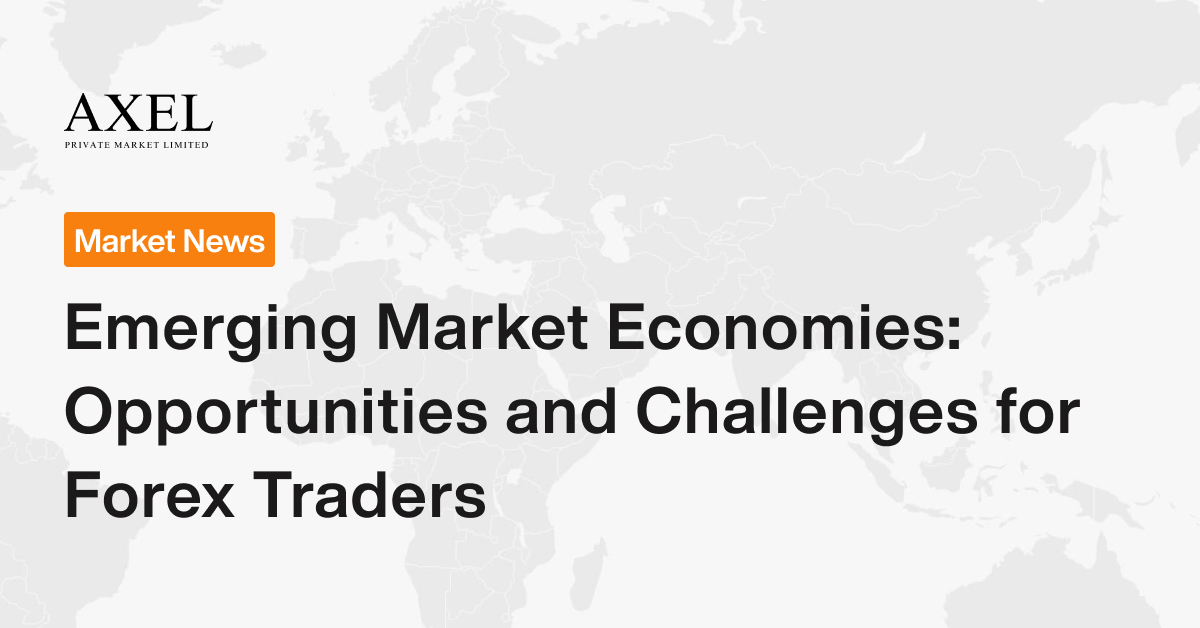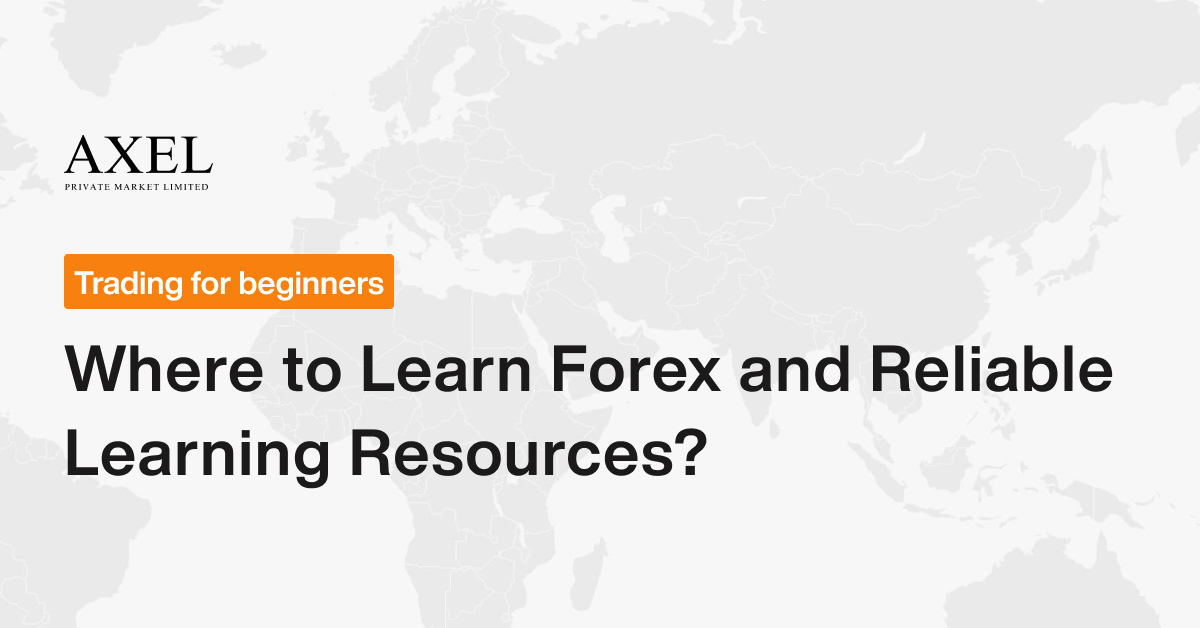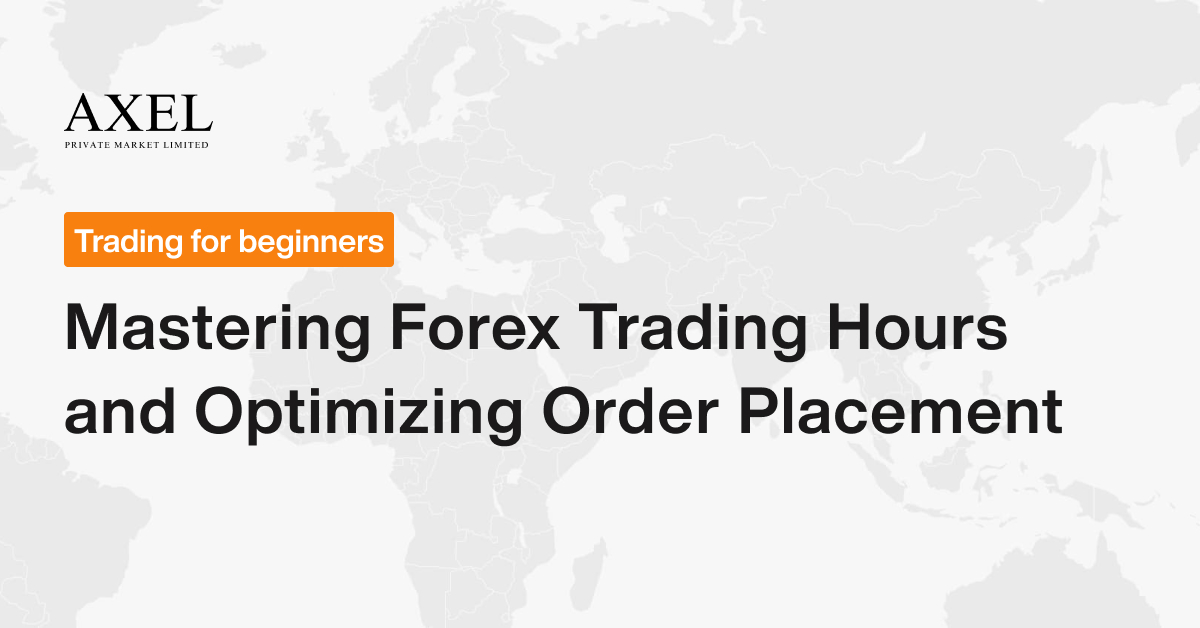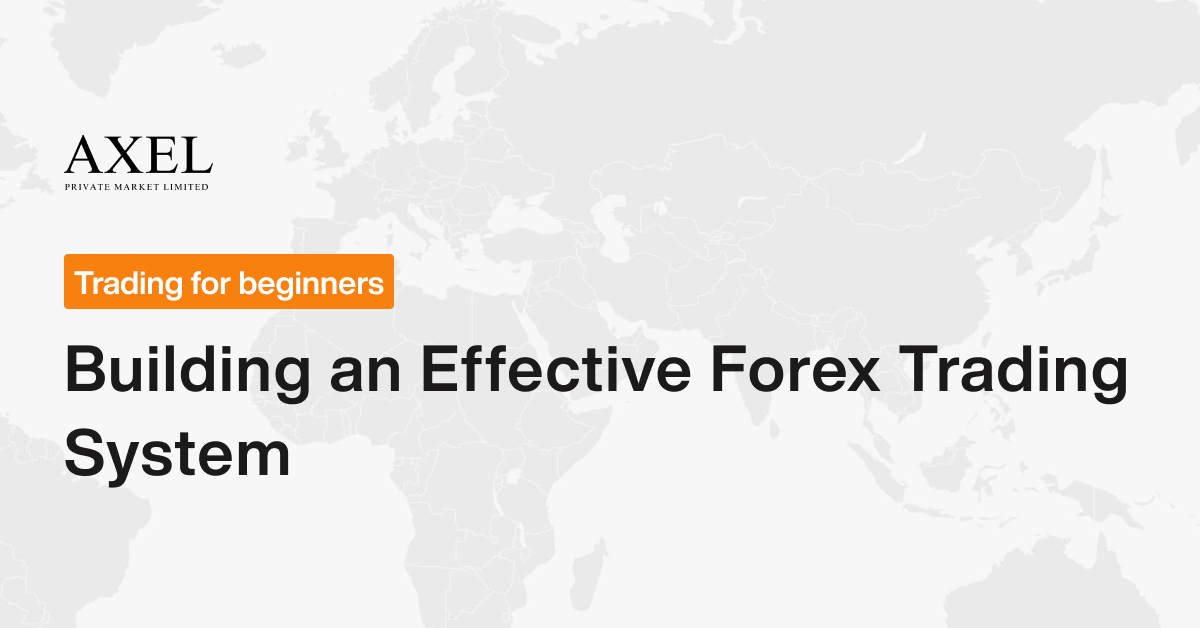INTRODUCTION
What are Commodities and Currencies?
Imagine walking through a bustling marketplace: on one side, there’s gold glittering under the sun, barrels of oil waiting to be shipped, and sacks of wheat and coffee beans giving off an earthy aroma. These are examples of commodities, natural resources or agricultural products that can be bought and sold. They are the raw materials that fuel our world, from the gasoline in our cars to the bread on our tables.
On the other side of the market, you hear the chime of digital transactions and see currencies being exchanged. Currencies are the different types of money used around the world, like the U.S. dollar (USD), euro (EUR), and Japanese yen (JPY). They are the medium through which we value and exchange these commodities.

The Goal of Our Exploration
In this article, we’re setting out on a journey to understand how the prices of commodities—like the oil, gold, and food in our marketplace—can influence the value of currencies across the globe. It’s a fascinating dance of numbers and values where a spike in oil prices can make one country’s currency climb the ladder of value, while a drop in gold prices might pull another country’s currency down.
By unraveling this complex relationship, we aim to show how a shift in the cost of essential goods not only affects the global economy but also the purchasing power of your own wallet. Whether you’re a traveler, investor, or just curious, understanding this dynamic gives insight into the economic forces that shape our daily lives and future.
WHAT ARE COMMODITIES AND CURRENCIES?
In our daily lives, we interact with commodities and currencies often without even realizing it. Let’s break down these concepts into simple, everyday language.
Commodities: The Building Blocks of Everyday Life
Commodities are basic goods used in commerce that are interchangeable with other goods of the same type. These can be raw materials like oil, metals such as gold, or agricultural products including wheat and coffee.
Imagine commodities as the ingredients in your kitchen. Just like how sugar, flour, and eggs are essential for making a cake, commodities are the essential ingredients of the global economy. They heat our homes, power our vehicles, and provide the food on our tables.
Currencies: The Medium of Exchange
Currencies, on the other hand, are the different types of money used around the world, such as the U.S. dollar (USD), euro (EUR), and Japanese yen (JPY). Currency is what we use to value and exchange commodities and other goods.
Think of currencies as the scorecards of the global economy, keeping track of the value of transactions. When you travel to another country, you exchange your home currency for the local currency, just as you’d swap out a recipe’s ingredients to suit your taste.
Why It Matters to Everyone
Understanding commodities and currencies isn’t just for traders on Wall Street or economists in academia. It’s for anyone who shops for groceries, fills up their car with gas, or saves money for future expenses.
Commodities and currencies affect the price of nearly everything we buy, from the fuel in our cars to the food on our plates. A rise in oil prices can increase the cost of goods and services worldwide, while the strength or weakness of our currency determines how much bang we get for our buck when we shop or travel abroad.
By understanding these concepts, we gain insights into the forces that shape our economy and, ultimately, our daily lives. It empowers us to make informed decisions, whether we’re planning a budget, investing for the future, or simply trying to understand the news.
HOW DO COMMODITY PRICES AFFECT CURRENCIES?
The dance between commodity prices and currencies is a fascinating spectacle of the global economic stage. Let’s delve into how changes in the prices of major commodities can lead to stronger or weaker currencies in the countries that export them.
The Ripple Effect of Commodity Prices on Currencies
When the price of a major commodity, like oil, gold, or agricultural products, shifts, it can cause a significant impact on the value of a country’s currency. This relationship hinges on the country’s role in the global market as a major exporter or importer of that commodity.
Consider this simple analogy: If you’re a lemonade stand owner, and suddenly lemons become more expensive, your costs to make lemonade go up. Similarly, if a country sells a lot of oil and the price of oil rises, the country earns more from its sales, potentially making its currency stronger.
Example: The Case of Country A and Oil
Imagine Country A, a major player in the oil market. As oil prices soar, the world pays more to buy Country A’s oil. This influx of foreign currency in exchange for oil boosts the value of Country A’s currency. Why? Because now, more people and businesses around the world need Country A’s currency to buy its oil.
The Simple Mechanics Behind This
- Increased Demand: As the commodity’s price rises, demand for the exporter’s currency increases to purchase that commodity.
- Trade Balance: A higher commodity price improves the country’s trade balance, as it earns more from its exports compared to what it spends on imports.
- Investment Flow: Higher earnings and a stronger currency can attract more foreign investments, further strengthening the currency.
Why It Matters
This relationship between commodity prices and currency values is not just a matter of economic theory. It affects everything from the exchange rates you get on vacation, to the price of gasoline at your local pump, and even the cost of goods imported from abroad.
By understanding how a rise or fall in commodity prices can influence a country’s currency, we gain insight into the interconnectedness of the global economy and how it affects our daily lives and the wider economic landscape.
WHY DOES THIS MATTER TO YOU?
Understanding the ebb and flow of commodity prices and currency values isn’t just for traders or economists—it’s crucial for everyone. Let’s explore how these global economic shifts can directly impact your daily life, from the cost of fueling up your car to how much you spend on your next vacation.
The Impact on Daily Expenses
When commodity prices swing, they can significantly affect the prices of everyday items like gasoline, groceries, and heating oil.
For instance, if the price of oil spikes, it not only makes filling up your car more expensive but can also increase the cost of anything transported by trucks, ships, or planes. That means groceries, online purchases, and even your morning coffee might cost more.
Vacations and Foreign Purchases
The strength of your home currency in comparison to others determines how far your money goes when you’re traveling or buying goods from abroad.
A stronger home currency means your money buys more when you travel to other countries or shop online from foreign retailers. Conversely, a weaker currency can make vacations more expensive and increase the cost of imported goods, from electronics to fashion.
How Currency Values Affect You
A country’s currency value influences how much you pay for imported goods and services. When your country’s currency is strong, it’s like everything on sale abroad. But when it’s weak, prices go up.
Why It Matters
These economic shifts can affect your budgeting, savings, and spending habits. Being aware of how commodity prices and currency values influence each other—and by extension, the market—helps you make more informed decisions, whether you’re planning a trip, investing, or just doing your weekly grocery shopping.
Understanding the dynamics between commodities and currencies empowers you to navigate the financial aspects of daily life more effectively, making you a more savvy consumer and traveler.
REAL-LIFE EXAMPLES
To truly grasp how fluctuations in commodity prices and currency values impact us all, let’s dive into some real-life scenarios. These examples illustrate the tangible effects of these economic forces on everyday people around the world.
Example 1: The Oil Price Surge and the Canadian Dollar
Scenario: In the mid-2000s, oil prices skyrocketed, peaking at unprecedented levels. Canada, a major oil exporter, saw a significant influx of foreign currency into its economy, leading to a stronger Canadian dollar. For Canadians, this meant more purchasing power abroad; suddenly, vacations to the US and Europe were cheaper, and online purchases from foreign markets cost less.
However, not all was positive. The strong Canadian dollar hurt the competitiveness of other Canadian exports, impacting industries and jobs not linked to the oil sector. This example shows the double-edged sword of a commodity-driven currency boost.
Example 2: The Coffee Crop Failure and the Brazilian Real
Scenario: Brazil is a leading exporter of coffee. In 2014, the country experienced a significant drought, leading to poor coffee harvests. The drop in coffee exports diminished foreign currency earnings, contributing to a weaker Brazilian Real.
For Brazilians, a weaker currency meant that imported goods—from electronics to groceries—became more expensive. It also made traveling abroad more costly. On the flip side, Brazil’s other exports became more competitive internationally, offering a slight economic silver lining.
Why These Examples Matter
These scenarios highlight how changes in commodity prices directly affect the economies of countries that depend on these commodities for significant portions of their trade. The repercussions ripple through to affect the currency value, which in turn impacts everyday people by altering the cost of living and purchasing power.
By understanding these examples, it becomes clear how interconnected the global economy is and how shifts in commodity markets can have wide-reaching effects on individuals’ lives, not just the abstract figures of financial markets.
CONCLUSION
As we’ve navigated through the intricate dance between commodity prices and currency values, it’s clear that these two forces are deeply interconnected. Changes in the price of commodities like oil, gold, and agricultural products can significantly affect the strength or weakness of a country’s currency. This relationship, in turn, impacts the global economy and, more importantly, the financial well-being and daily lives of people around the world.
Recap of the Main Idea
The journey from understanding the basics of commodities and currencies to seeing their effects in real-world scenarios illuminates just how much these economic indicators touch upon every aspect of our lives. From the cost of filling up your car with gas to the expenses of overseas vacations, the ripples of these financial forces are felt by all.
Looking Ahead
As we move forward, keeping an eye on these changes becomes not just beneficial but essential. Whether you’re planning a budget, investing in the stock market, or simply shopping for groceries, understanding the ebb and flow of commodity prices and currency values can equip you with the knowledge to make more informed decisions.
Encouragement for the Future
We encourage you to stay curious and informed about the world of commodities and currencies. By doing so, you not only become a more savvy consumer and investor but also gain insights into the global economic trends that shape our world.
In conclusion, the dynamic interplay between commodity prices and currency values is a testament to the complexity and interconnectivity of the global economy. By keeping informed and attentive to these shifts, we can navigate the financial landscape with greater confidence and foresight.





